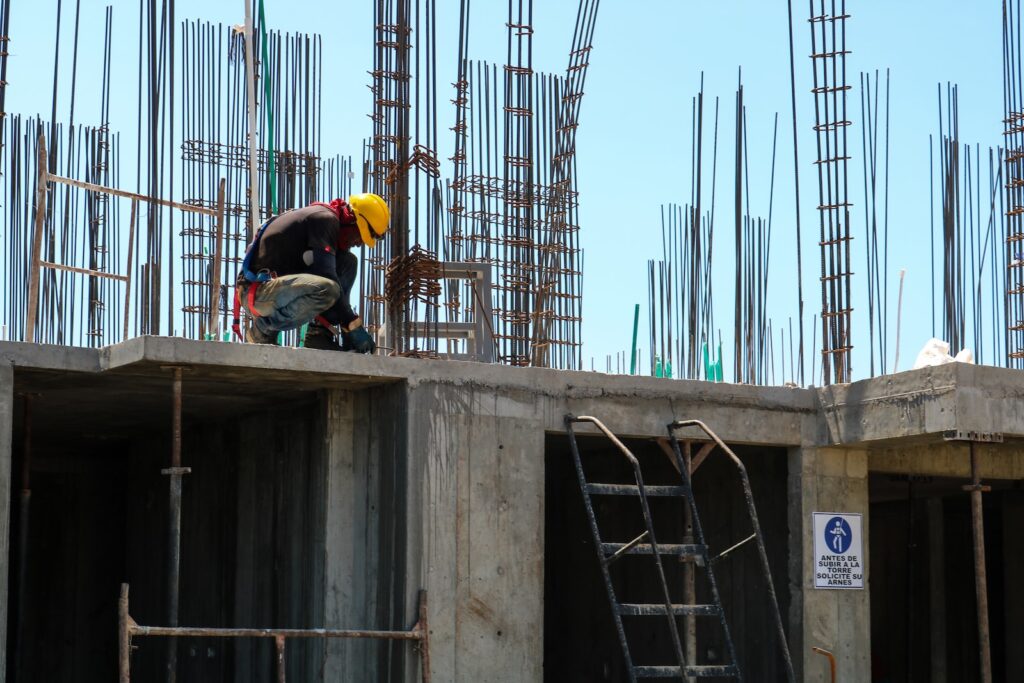Graeme Cooke, Commercial Director at DEF Software, looks at how the planning system could change under reforms brought in through the Levelling Up and Regeneration Bill.
In 2020, a proposal was released to entirely overhaul the UK planning system – but there was a sticking point. A recommendation to overstep current planning permissions was casually dropped into the conversation, presenting challenges on a local and national level.
There was intense political opposition to the government’s reform plans, which they heralded at the time as the way forward to a brighter future for building. Fewer than one in 20 local councillors involved in the planning process believed in the reforms. Unanswered questions continued to circulate on what this would mean for local authorities, for developers and for citizens.
There were concerns that the plans would create ‘the slums of the future’ by allowing developers to, for example, convert shops into homes without permission from local authorities, potentially leading to a wave of substandard conversions. There were fears of a lack of safeguards resulting in a higher number of poor-quality, small flats being stuffed into unsuitable buildings in areas with few amenities and even less green space. A report from the Royal Institute of Chartered Surveyors even suggested that 70% of flats produced by permitted development are below the government space standards and many flats have been built into basements with no natural light or in industrial areas unsuitable for residential use.

However, rumours began to form that these proposed reforms were to be scrapped, and at the Queen’s Speech earlier this year it was confirmed that they would be reduced and folded into the levelling up bill. The more contentious reforms such as zoning (allocating or ring-fencing sites for development) and the standalone planning bill were dropped in favour of a different approach.
So, what do the new reforms actually stipulate, and what’s the wider impact they will have on planning teams within local authorities?
New rules
The new reforms are diluted, but there are still some significant changes that are worth paying attention to.
We should pay particular attention to the introduction of a new neighbourhood planning tool called a ‘neighbourhood priorities statement’. The aim of this is to provide communities with a simpler and more accessible way to set out their key priorities and preferences for their local areas. Local authorities will need to take these into account when preparing their local plans for the areas concerned.
The Bill also includes a placeholder for provisions to introduce a ‘Street Votes’ system that permits residents to propose development on their street and hold a vote on whether it should be given planning permission. Proposals to digitise the planning process are also included. Local planning authorities will need to follow set standards in how they store or publish local plan information.
It also outlines the devolution of smaller local authorities into larger combined authorities. This idea of local government reorganisation is not new, and over the past few years many regions have combined smaller councils into one ‘super council’, essentially. The aim of this is to give authorities greater powers and offer each other guidance, however, there have been concerns that responsibility for larger areas may lead to a watered-down approach to more regional issues.
How does this affect local authorities?
For planning departments, there have been issues for some time. Significant delays to planning applications are almost always rooted in larger developments such as hospitals, hotels and car parks, not small-scale housing. So, these reforms are not likely to magically offer the carrot that they are dangling to many: high quality affordable housing. There appears to be a lack of focus on this acute need.
Then there is the idea that public involvement in the planning process should be allowed to increase. The usual twin objectives of speeding up the planning process, and giving the public more of a say in how their local area develops, are hard to reconcile and it’s difficult to see both of these happening at the same time, even with the new reforms.
When the initial reforms were announced, the Local Government Association recently highlighted: ‘In the wake of COVID-19, now is the time to strengthen our existing planning system, rather than destabilise it.’ And as the economy is still unstable, I believe this still stands. Rather than a ‘shake-up’, a more measured approach is needed.
There are deep flaws in the system, but before we go in all guns blazing, perhaps it is worth analysing why this change is really needed and why the system in place now doesn’t work well for every council. We need to identify why planning applications move so slowly. Is there a simpler way to speed them up, without creating dramatic and rushed reforms that could potentially damage our environment?
A simpler way to speed up approvals
If we’re really to address the issue and create a more straightforward system, the government should research why some local authorities struggle to provide fast approvals and they should be investing in those authorities that are struggling.
Some councils are stuck in incredibly archaic planning approval processes, relying on confusing, poorly designed paper documents or clunky legacy IT provision. This results in a system that both planning officers and applicants struggle to navigate. However, by automating the planning system or removing the planning process as we know it, we won’t override these issues. We’ll simply gloss over them as these councils continue to struggle with their workloads.
The new bill suggests that suppliers of solutions to these challenges now need to be Government approved. For those who are considering transformation to digital processes, this could spell trouble, as they could be blocked from quickly implementing innovative technologies that could speed up planning processes.
Although it’s much less divisive than the previous proposed reforms, the bill is still putting forward some significant changes that will affect the way local plans are prepared and the way applications should be processed. To that end, although it was suggested the planning reforms were scrapped, it seems that we haven’t seen the last of them.
Photos by Ivan Henao and Daniel McCullough

















Leave a Reply